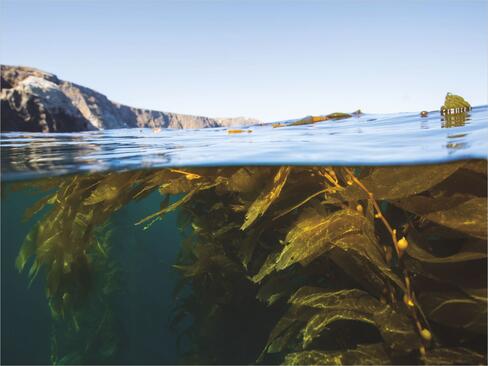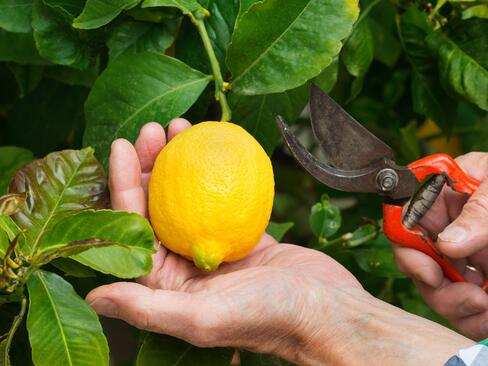Alginates and Pectins
Alginates & Pectins – Biopolymers in Technical Applications
The plant extracts alginate and pectin have already been special guests in our blog before. To refresh your knowledge let me shortly re-introduce them.
First, the alginates which are derived from brown seaweed, harvested on the Atlantic coast in northern France. Local fishermen are collecting the big underwater plants, subsequently they are washed, dried and undergo an extraction process.
At the end, we offer a range of products, depending on the base used to precipitate the alginate salt.
We distinguish between sodium, potassium and calcium salts and the pure alginic acid. Of those, only the sodium and potassium alginates are water-soluble. Especially the sodium types represent the bulk of commercially sold products. These alginates are complex polymers consisting of a varying ratio of guloronic to manuronic acid, which has vital influence on the gelation properties exhibited in the presence of higher valent ions.
Second, our pectins, which are part of many plant species and are extracted from citrus fruit peels, the leftovers of juice production. Chemically, those biopolymers consist of a polygalacturonic backbone, which is methoxylated or partly amidated. The degree of these modifications can be set in production and is a major factor in defining the final properties of pectin grades.
HM: High methoxylated pectins --> >50% L
M: Low methoxylated pectins --> <50%
LA: Like LM with methoxy groups partly substituted by amides
LM and LA pectins also offer gelling properties with higher valent ions, HM pectins only in the presence of soluble solids and under heating.
Synergies – A Playground of Opportunities
Given the fact, that alginates and pectins both are plant extracts it may not seem entirely surprising that they offer synergistic effects. But taking a closer look on the complex chemical composition of both polymers, it is indeed something special.
The best synergy is reported for combining HM pectins and sodium alginate with high guluronic acid in an 1:1 ratio. Generally, such alginate-pectin mixes result in firmer gels than the same amount of each individual biopolymer. In contrast to thermally stable calcium alginate gels, they offer thermo-reversible behavior. Another remarkable fact is, that the synergistic gelation occurs without higher valent ions and in a wider pH range with low soluble solids.
How to exploit those intriguing properties in technical sectors is yet to be defined. Maybe there is something in for your application?


Adhesives and Alginates - Yes we can!
In a waterborne formulation of pressure sensitive adhesives for tapes, we substituted a fossil based thickener with a mixture of alginates and other hydrocolloids.
And voila! The Fraunhofer IFAM institute performed several standard tests and the data shows solid performance. Important properties are improved, in others, the hydrocolloid thickeners show some weaknesses, but overall prove their potential in PSA formulations. Furthermore, we only started our optimization process here and already can show competitive data.
If you are curious about the details, please give us a call or write us an email!









